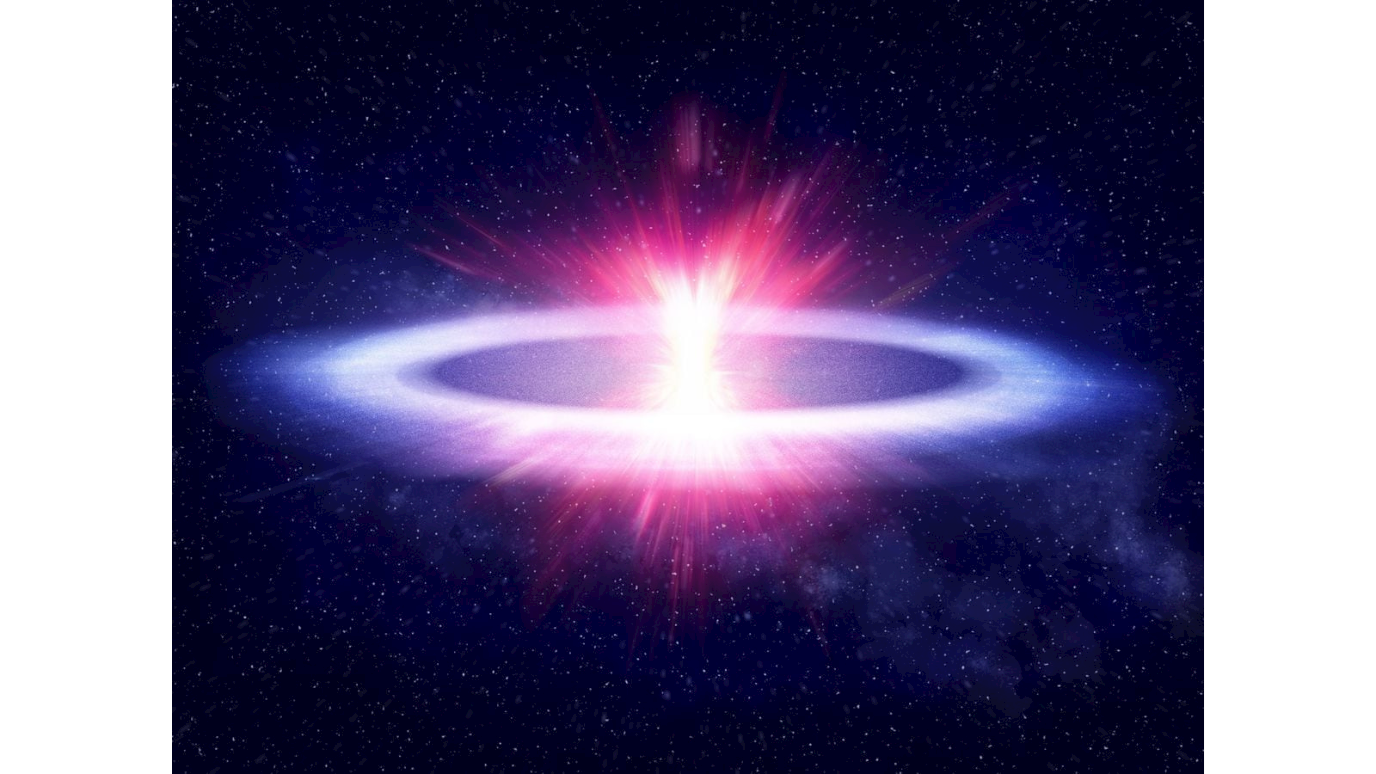Dr Justyn Maund (Royal Holloway, University of London)
Astronomical transients, in particular those associated with stellar death, provide a unique window into extreme physics. With the advent of the Vera Rubin Observatory, we are on the verge of a new era of time-domain astronomy, with the number of nightly alerts increasing by a factor of 10000 of what current surveys can provide. Despite the increase in numbers of newly discovered transients and massive global efforts to conduct follow-up photometric and spectroscopic observations, the nature of the most important physics will always remain just out of reach to “just” collecting more photons. The polarization tags photons with some of the important physics at work, including the role of magnetic fields, the geometry of the explosions and the role of interstellar dust. I will discuss the application of polarimetry to the study of supernovae, and present two surveys (with the ESO VLT and the Liverpool Telescope) aimed at exploiting the unique information provided by this special observing technique. I will also present the latest observations I have conducted using the Hubble Space Telescope (the first conducted by an astronomer at RHUL).





















